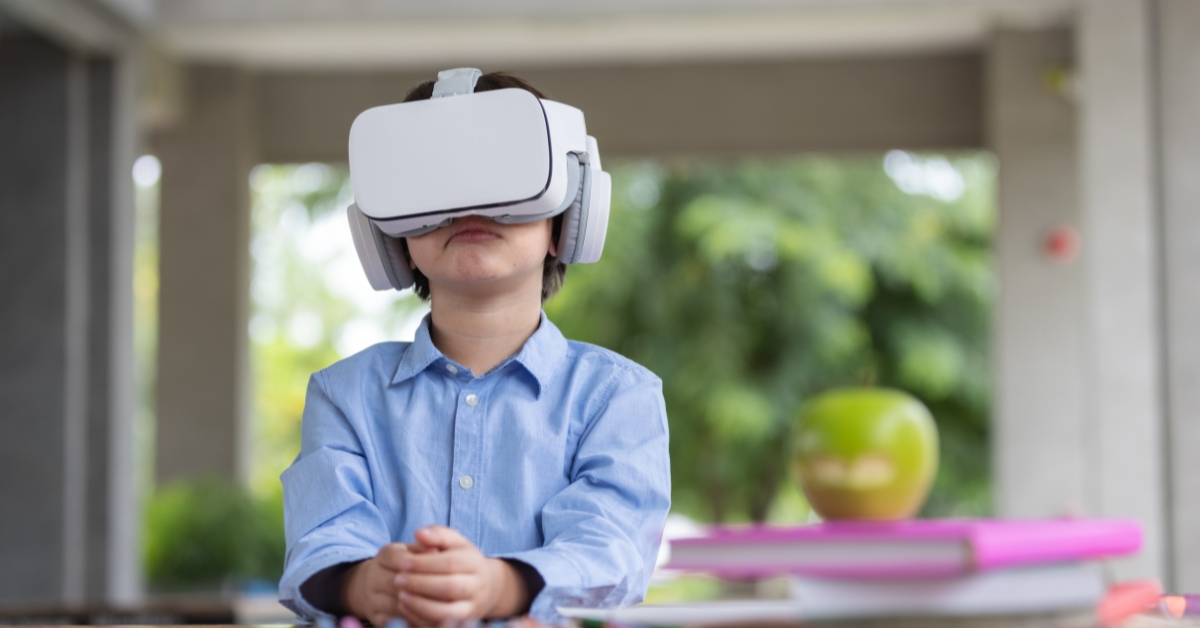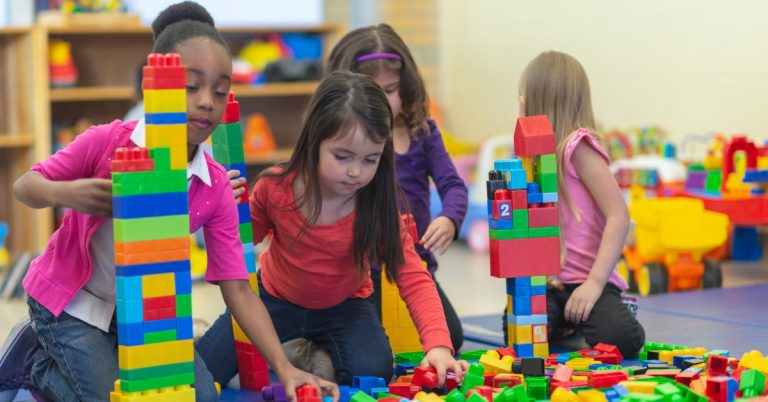In an increasingly complex and fast-paced world, the importance of nurturing a child’s potential has never been more critical. Education is evolving, and it is essential to adopt innovative strategies that enhance learning experiences, catering to the diverse needs of every child. By embracing new methodologies and technologies, educators and parents can unlock the latent potential within each child, fostering creativity, critical thinking, and a lifelong love of learning.
1. Personalized Learning
One of the cornerstones of modern education is personalized learning. Every child is unique, with distinct learning styles, interests, and paces. Personalized learning involves tailoring educational experiences to fit individual needs. This can be achieved through differentiated instruction, where teachers adapt their teaching methods and materials to accommodate various learning preferences.
For instance, some children may benefit from visual aids, while others thrive on hands-on activities. Leveraging technology, educators can utilize adaptive learning platforms that adjust the difficulty and type of content based on a student’s performance, ensuring that each child is both challenged and supported throughout their learning journey.
2. Project-Based Learning (PBL)
Project-Based Learning (PBL) is an approach that engages students in exploring real-world problems and challenges. Through PBL, children work on projects that require critical thinking, collaboration, and creativity. This method not only helps students apply what they have learned in meaningful contexts but also fosters essential skills such as problem-solving and teamwork.
For example, a project could involve students researching environmental issues and proposing solutions, allowing them to develop a sense of agency and responsibility towards their community and the planet. PBL encourages deeper learning and retention, as students see the relevance of their studies in the world around them.
3. Incorporating Emotional and Social Learning (SEL)
Emotional intelligence is becoming increasingly recognized as a vital component of education. Integrating Social and Emotional Learning (SEL) into the curriculum helps children manage their emotions, establish positive relationships, and make responsible decisions. Research indicates that SEL not only enhances children’s emotional well-being but also improves academic performance.
Educators can implement SEL through structured programs, classroom discussions, and activities that promote empathy, self-regulation, and collaboration. Teaching children emotional awareness and resilience equips them for both academic and life challenges, creating a foundation for success.
4. Integrating Technology Creatively
Technology, when used effectively, can greatly enhance learning experiences. Innovative educational tools such as virtual reality (VR), artificial intelligence (AI), and interactive software can provide immersive, engaging, and personalized experiences that traditional methods may not offer.
For instance, VR can transport students to historical events or geographical locations, enriching their understanding and making learning more engaging. Furthermore, coding and robotics programs teach children valuable skills while encouraging creativity and logical thinking. Emphasizing the responsible use of technology in education ensures that children are not only consumers of information but also creators and innovators.
5. Encouraging a Growth Mindset
Promoting a growth mindset – a term coined by psychologist Carol Dweck – gives children the belief that their abilities can be developed through dedication and hard work. This mindset fosters resilience, encourages taking on challenges, and promotes a love for learning.
Educators can encourage a growth mindset by praising effort over innate talent, teaching strategies for overcoming failure, and creating a supportive classroom environment where mistakes are seen as opportunities for growth. By cultivating a growth mindset, we empower students to embrace challenges and persist in the face of setbacks.
6. Community and Parental Involvement
Engaging families and the community in a child’s education is pivotal for holistic learning. Schools can create partnerships with parents, community organizations, and local businesses to provide enriching experiences and resources that extend beyond the classroom.
Workshops, school events, and volunteer opportunities not only enhance learning but also foster a sense of belonging and support around students. When children see their families and community involved in their education, their motivation and engagement increase significantly.
Conclusion
Unlocking the potential of every child requires a proactive, innovative approach to education. By implementing personalized learning strategies, embracing project-based methods, integrating emotional and social learning, creatively utilizing technology, promoting a growth mindset, and involving the community, we can create an enriching educational environment. As we stand on the brink of educational transformation, let us embrace these strategies wholeheartedly, empowering the next generation to thrive and succeed in an ever-changing world. Together, we can unlock the door to limitless possibilities, ensuring that every child’s potential is realized.



